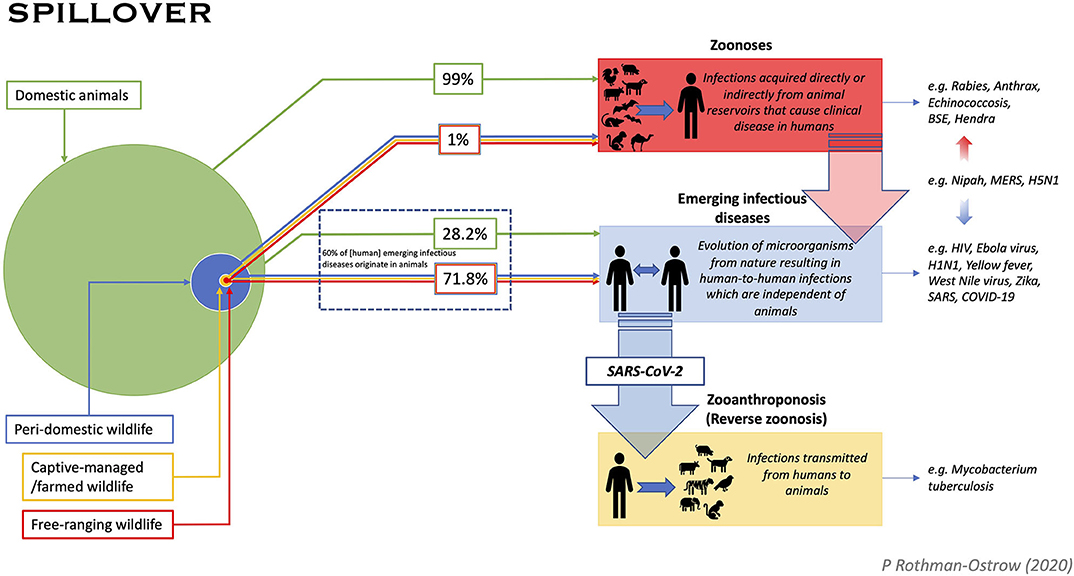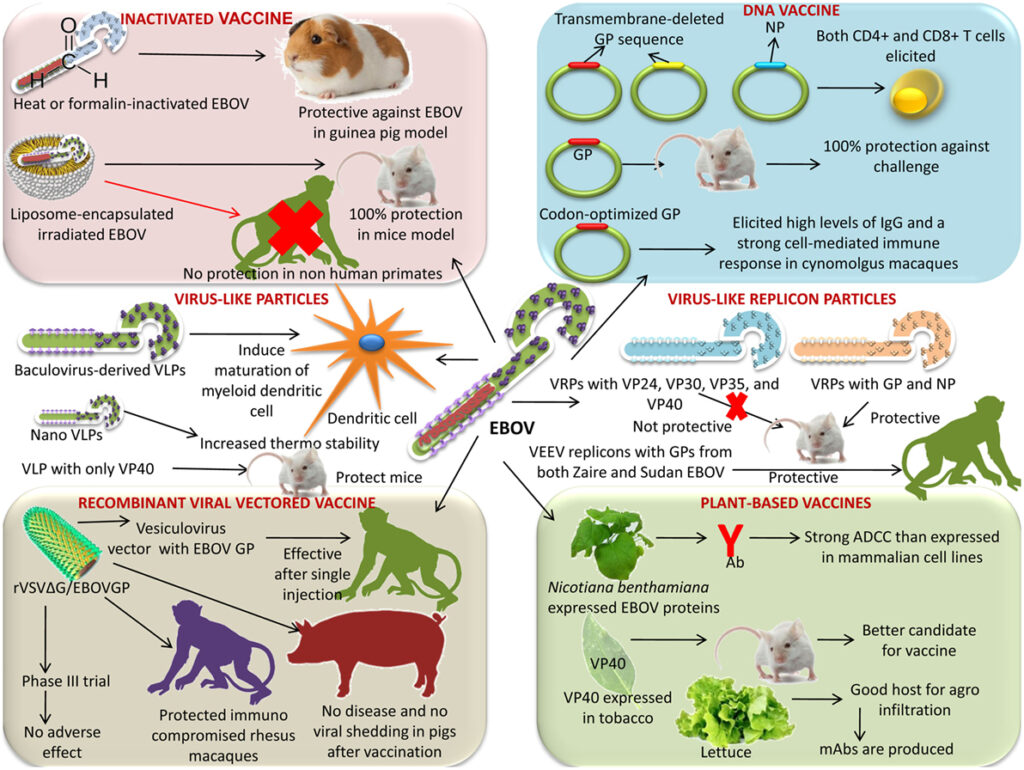The Ebola Virus Disease, commonly referred to as EVD, is a severe and often fatal illness that affects humans and certain animals. First identified in 1976 near the Ebola River in what is now the Democratic Republic of Congo, this disease has since caused sporadic outbreaks across Africa and other parts of the world. Known for its high fatality rate, the disease poses significant challenges to global public health systems. Understanding what the disease is, how it spreads, and the available treatment options is crucial to mitigating its impact.

What is Ebola Virus Disease?
Ebola Virus Disease is a viral illness caused by infection with one of the strains of the Ebola virus. The virus belongs to the Filoviridae family and can cause severe hemorrhagic fever in humans and non-human primates such as monkeys, gorillas, and chimpanzees. The disease is characterized by sudden onset symptoms, including fever, muscle pain, headache, and sore throat, which are followed by vomiting, diarrhea, rash, and impaired kidney and liver function. In some cases, patients experience internal and external bleeding, which contributes to the high mortality rate.
The first known outbreak occurred in 1976 in two simultaneous instances: one in Nzara, South Sudan, and the other in Yambuku, Democratic Republic of Congo. Since then, several outbreaks have been reported, primarily in sub-Saharan African countries. The largest and most devastating outbreak occurred between 2014 and 2016, affecting Guinea, Liberia, and Sierra Leone, and resulting in over 28,000 cases and more than 11,000 deaths.
Symptoms of Ebola Virus Disease
- Fever
- Muscle pain and weakness
- Severe headache
- Sore throat
- Vomiting and diarrhea
- Rash on the skin
- Impaired liver and kidney function
- Internal and external bleeding in severe cases
These symptoms typically appear between two and twenty-one days after exposure to the virus, with an average incubation period of eight to ten days. Early diagnosis is critical to managing the disease effectively and preventing its spread.
How Does the Disease Spread?
Understanding how the disease spreads is essential for controlling outbreaks and preventing further transmission. The Ebola virus is transmitted through direct contact with bodily fluids of infected individuals or animals. Unlike airborne diseases, Ebola does not spread through casual contact or respiratory droplets. Instead, it requires close interaction with infected materials.
Transmission Through Human Contact
The primary mode of transmission among humans occurs through direct contact with blood, secretions, organs, or other bodily fluids of infected individuals. This can happen in various settings:
- Healthcare Settings: Healthcare workers are at significant risk if they do not adhere to strict infection control measures. Reusing needles, improper disposal of medical waste, and lack of protective equipment contribute to the spread within hospitals and clinics.
- Funeral Practices: Traditional burial practices that involve washing or touching the bodies of deceased individuals can facilitate the spread of the virus. Since the virus remains active in the body after death, these rituals pose a substantial risk.
- Household Transmission: Close family members caring for infected individuals without proper precautions can contract the virus. Sharing bedding, clothing, or utensils used by an infected person increases the likelihood of transmission.
Animal-to-Human Transmission
The natural reservoir host of the Ebola virus is believed to be fruit bats, although the exact source has not been definitively identified. Humans can become infected through contact with infected animals, either by handling bushmeat (wild animals hunted for food) or coming into contact with bat droppings or saliva. Once the virus enters the human population, it spreads through human-to-human transmission.
Environmental Factors Contributing to Spread
Poor sanitation, inadequate healthcare infrastructure, and limited access to clean water exacerbate the spread of the disease in affected regions. Overcrowded living conditions and lack of awareness about preventive measures also play a role in amplifying outbreaks. Addressing these underlying factors is critical to curbing the spread of the disease.
Treatment Options for Ebola Virus Disease
Currently, there is no specific antiviral medication approved to treat Ebola Virus Disease. However, supportive care plays a vital role in improving survival rates. Early intervention and meticulous management of symptoms can significantly increase the chances of recovery.
Supportive Care Measures
Supportive care focuses on alleviating symptoms and maintaining bodily functions until the immune system can fight off the virus. Key components include:
- Rehydration: Oral or intravenous fluids are administered to prevent dehydration caused by vomiting and diarrhea.
- Blood Pressure Management: Medications may be given to stabilize blood pressure and ensure adequate circulation.
- Oxygen Therapy: Supplemental oxygen is provided to patients experiencing difficulty breathing.
- Treatment of Secondary Infections: Antibiotics and antifungal medications are used to address secondary infections that may arise during the course of the illness.
Experimental Treatments and Vaccines
In recent years, advancements in research have led to promising experimental treatments and vaccines for Ebola Virus Disease. Some notable developments include:
- Monoclonal Antibodies: These laboratory-produced molecules mimic the immune system’s ability to fight off harmful pathogens. One example is the drug REGN-EB3, which has shown efficacy in clinical trials.
- Vaccines: The rVSV-ZEBOV vaccine has demonstrated effectiveness in preventing the disease when administered to individuals at high risk of exposure. This vaccine was widely used during the 2018-2020 outbreak in the Democratic Republic of Congo.
- Convalescent Plasma Therapy: Blood plasma from recovered patients, containing antibodies against the virus, has been explored as a potential treatment option.
Challenges in Treatment Delivery
Delivering effective treatment in areas affected by Ebola outbreaks presents numerous challenges. Limited healthcare infrastructure, shortages of trained personnel, and logistical difficulties hinder timely interventions. Additionally, fear and stigma associated with the disease often lead to delays in seeking medical care, further complicating efforts to control the spread.
Preventive Measures and Public Health Strategies
Prevention remains the cornerstone of controlling Ebola Virus Disease. Public health strategies focus on raising awareness, implementing surveillance systems, and promoting safe practices to minimize the risk of transmission.
Community Education and Awareness Campaigns
Educating communities about the modes of transmission and preventive measures is essential for reducing the spread of the disease. Key messages include:
- Avoiding contact with sick individuals or their bodily fluids
- Practicing good hygiene, such as regular handwashing with soap and water
- Safe burial practices to reduce risks associated with traditional rituals
- Seeking immediate medical attention if symptoms develop
<
Surveillance and Rapid Response Systems
Effective surveillance systems enable early detection of cases, allowing for swift containment measures. Rapid response teams work to isolate infected individuals, trace contacts, and monitor those who may have been exposed. This approach helps break the chain of transmission and prevents wider outbreaks.
Strengthening Healthcare Infrastructure
Investing in healthcare infrastructure is critical for managing outbreaks effectively. This includes building well-equipped treatment centers, training healthcare workers, and ensuring the availability of personal protective equipment. Strengthening these systems not only aids in combating Ebola but also enhances preparedness for future public health emergencies.





